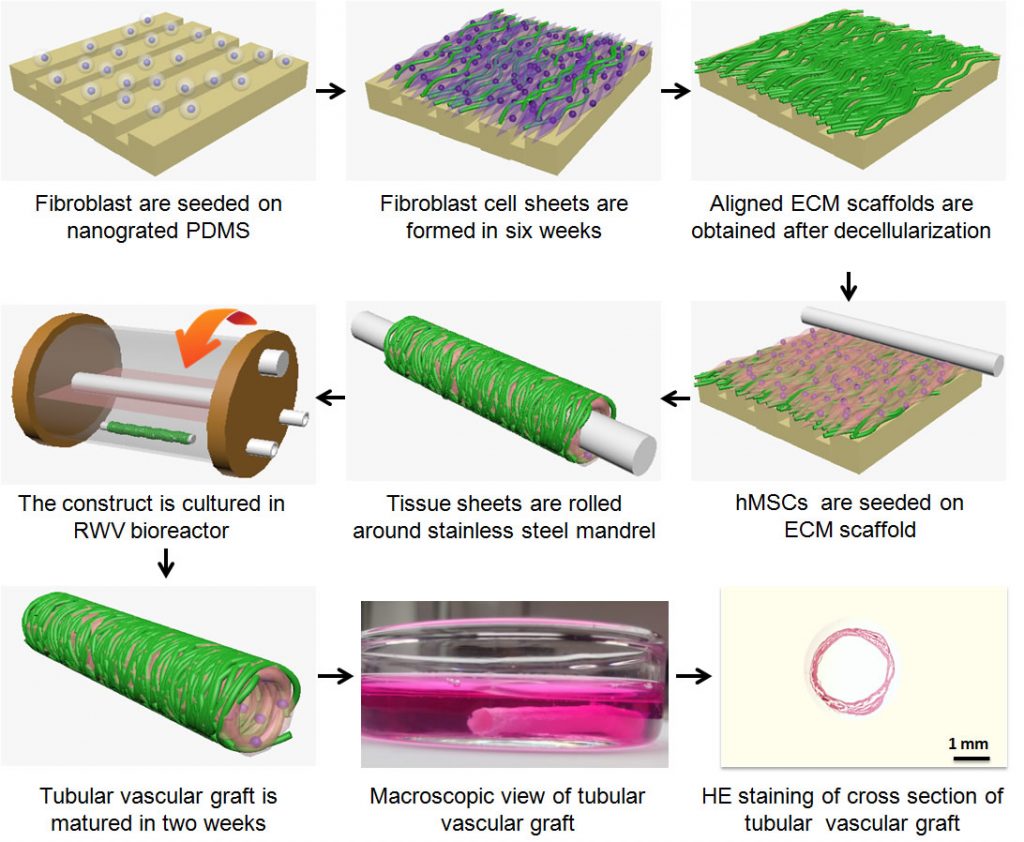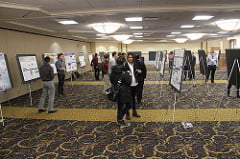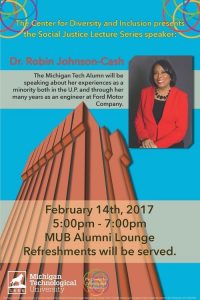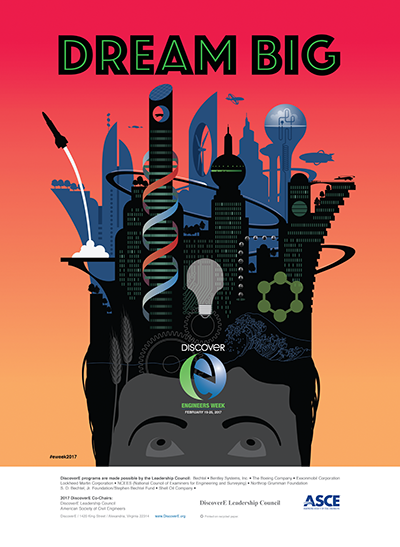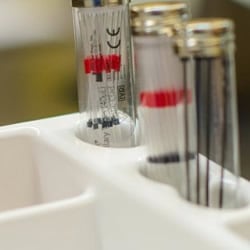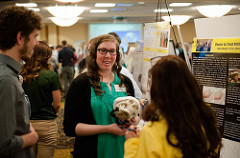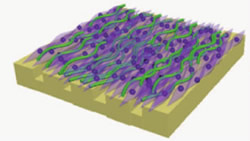
Authors: Qi Xing (former postdoc researcher), Zichen Qian (PhD candidate), Mitchell Tahtinen (former undergraduate researcher), Ai Hui Yap (Houghton High School student), Keegan Yates (former undergraduate researcher), and Feng Zhao (associate professor, biomedical engineering).
Journal: Advanced Healthcare Materials
This article describes vascular grafts, which are in great demand due to the high occurrence of cardiovascular diseases. A tissue engineered vascular graft was developed for the application of bypassing coronary arteries. It is a completely biological vascular graft, which can avoid immune rejection after transplantation. The graft is mechanically strong, which is fabricated by combining naturally derived nanofibrous biomaterials, stem cell engineering, and bioreactor technologies.
